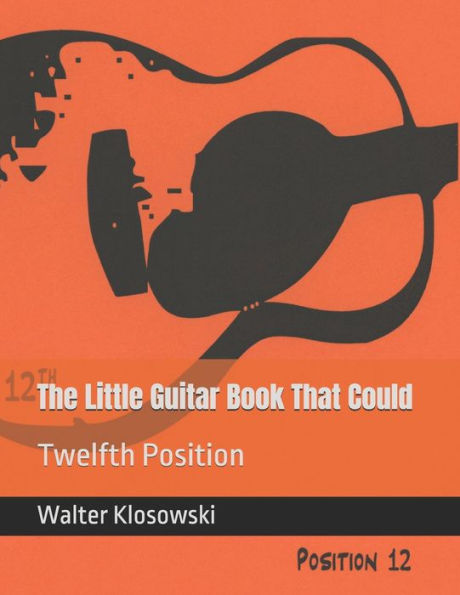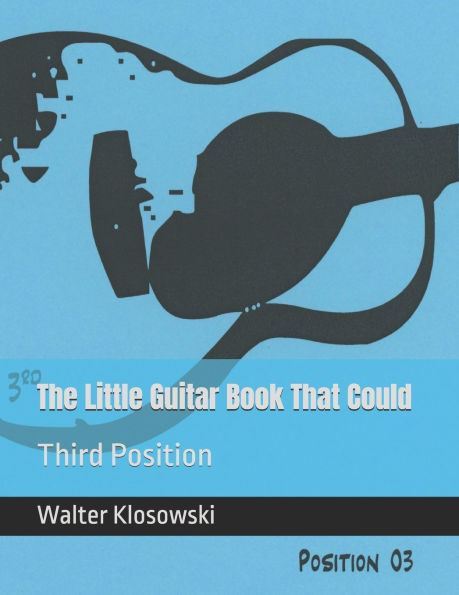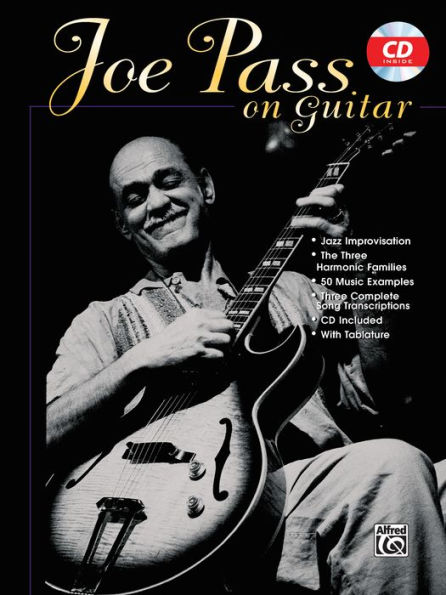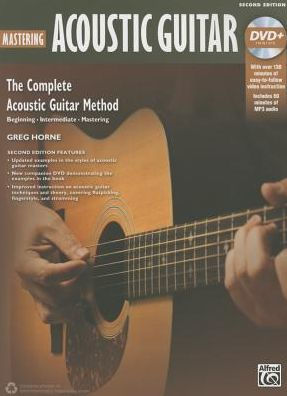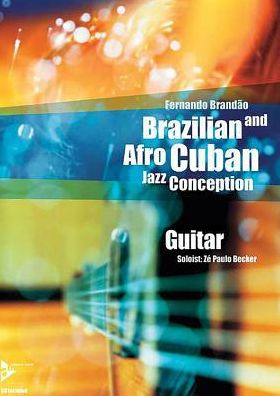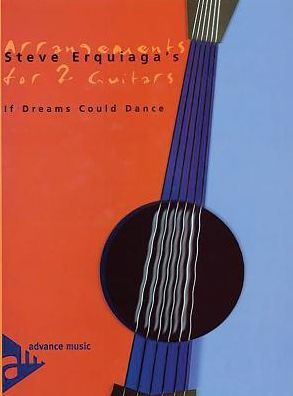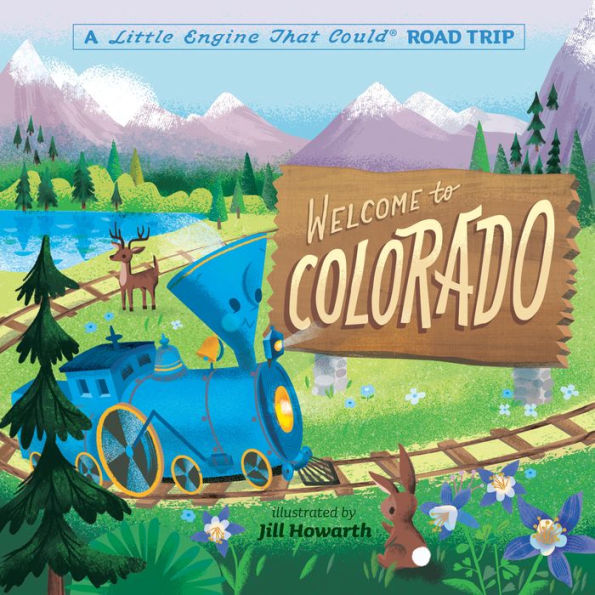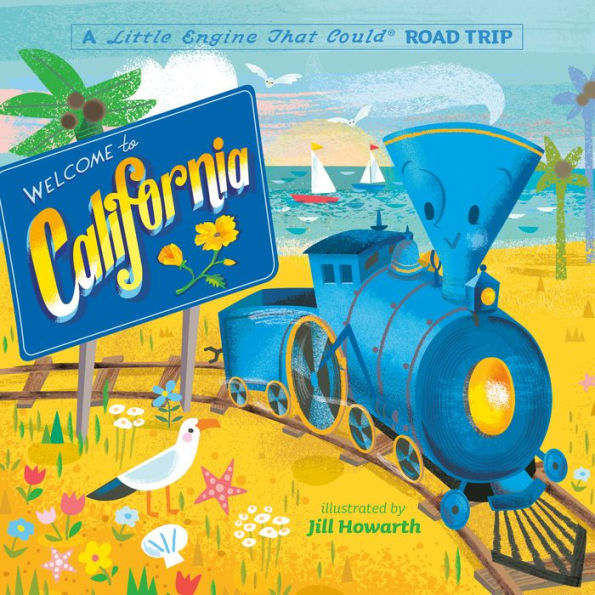Home
The Little Guitar Book That Could: Thirteenth Position
Barnes and Noble
The Little Guitar Book That Could: Thirteenth Position
Current price: $14.95
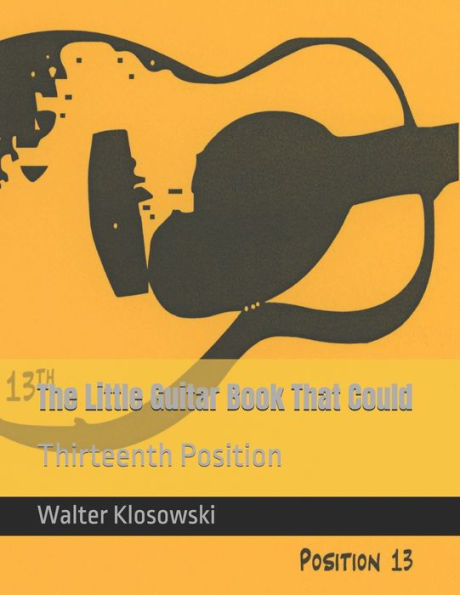

Barnes and Noble
The Little Guitar Book That Could: Thirteenth Position
Current price: $14.95
Size: OS
Loading Inventory...
*Product information may vary - to confirm product availability, pricing, shipping and return information please contact Barnes and Noble
This LITTLE GUITAR BOOK THAT COULD showcases the popular C A G E D guitar chord and scale sequence exclusively in the THIRTEENTH POSITION for all to see, use and reference. The book incorporates four different chord types, the augmented, major, minor and diminished, along with four different scale types, the descending melodic minor, harmonic minor, melodic ascending minor and major. The pentatonic minor scale is placed below the usual descending melodic minor example in this book, and all modes are considered to be derived from the major scale. Before thumbing through this book, there are some subject areas that the guitarist needs to be reminded of...even though he or she may have played for years. For example, in this book, six is the exact number of consecutive frets involved in the THIRTEENTH POSITION and it spans a full two octaves plus a perfect fourth when in standard tuning. Also, the second and third fingers on the fretting hand remain stationary in their respective frets or "slots", initially, as their stationary qualities allow the first and/or fourth finger to stretch that additional fret. It is very important that the guitarist understands this at the beginning. As for the picking hand, a one-three-five-two-four-six string picking pattern also occurs. This very useful and important picking pattern involves every other string and is best evidenced when the C A G E D main root note sequence is plucked alphabetically, starting with the G root on the first or thinnest guitar string. Start by picking the high G there (first string, third finger); then A (third string, second finger); C (fifth string, third finger); D (second string, third finger); E (fourth string, second finger) and conclude with the low G (sixth string, third finger). The string pattern (one-three-five-two-four-six) fits the fingers and is looped, forwards or backwards (six-four-two-five-three-one) as the G root notes found on the first /sixth string(s) are deemed interchangeable. There are three music terms that need some brief clarification for the purposes of THE LITTLE GUITAR BOOK THAT COULD...those being main root notes, octaves and unisons. What are main root notes? Main root notes are a specific set of root notes that generally fall or cluster together under the second and third fingers of the fretting hand when in a guitar position. They are used to help orientate the finger work involved. Once the placement of each main root note is memorized, the attention then moves to their matching octaves. An octave is defined as the interval between one musical pitch and another with half or double its own frequency. Some correctly call the interval a "perfect octave", and in guitarland, octaves are usually "one string one fret away". This handy fact helps to memorize and learn their location, even though occasionally there will be two strings and or two frets involved (the same concept still applies when string skipping.) The last musical term in question is unison, a term that defines when two or more music notes sound the same pitch. In guitarland, it means "same note different string or fret" and it is implied that the unison occurs in the given guitar position at hand. So that's it! Simple and clear, practical, uncomplicated, straightforward and easy to use, mostly due to its visual based format, this book allows one to take full musical advantage of the fretboard material straight away. You'll have fun discovering some fresh perspectives on the same old same old, while also adding new twists and turns to your own technique. THE LITTLE GUITAR BOOK THAT COULD also contains generous amounts of manuscript and tablature paper for composing, journaling or song writing that may occur. Last, as always, thank you very kindly for welcoming this LITTLE GUITAR BOOK THAT COULD into your library of fretboard knowledge needs...I appreciate you...Enjoy!
